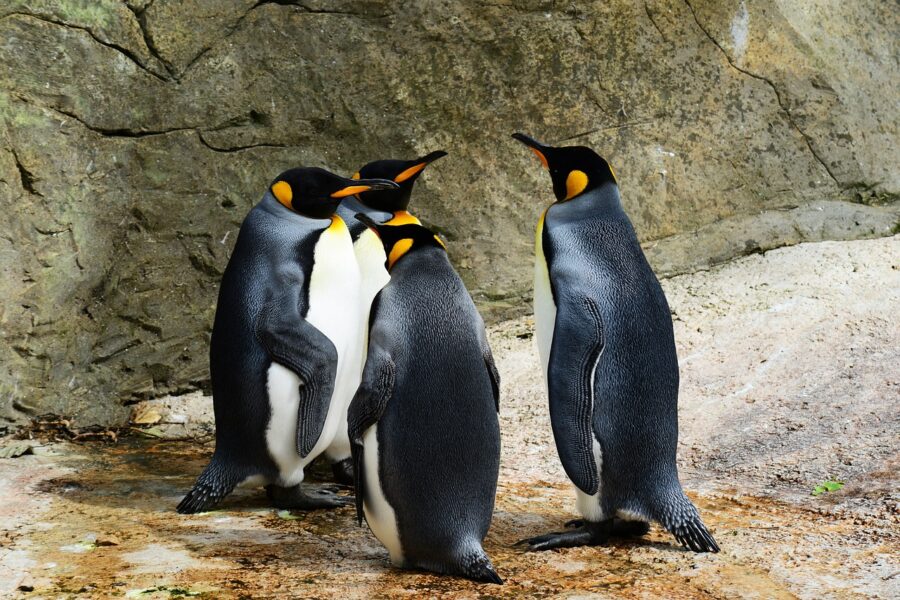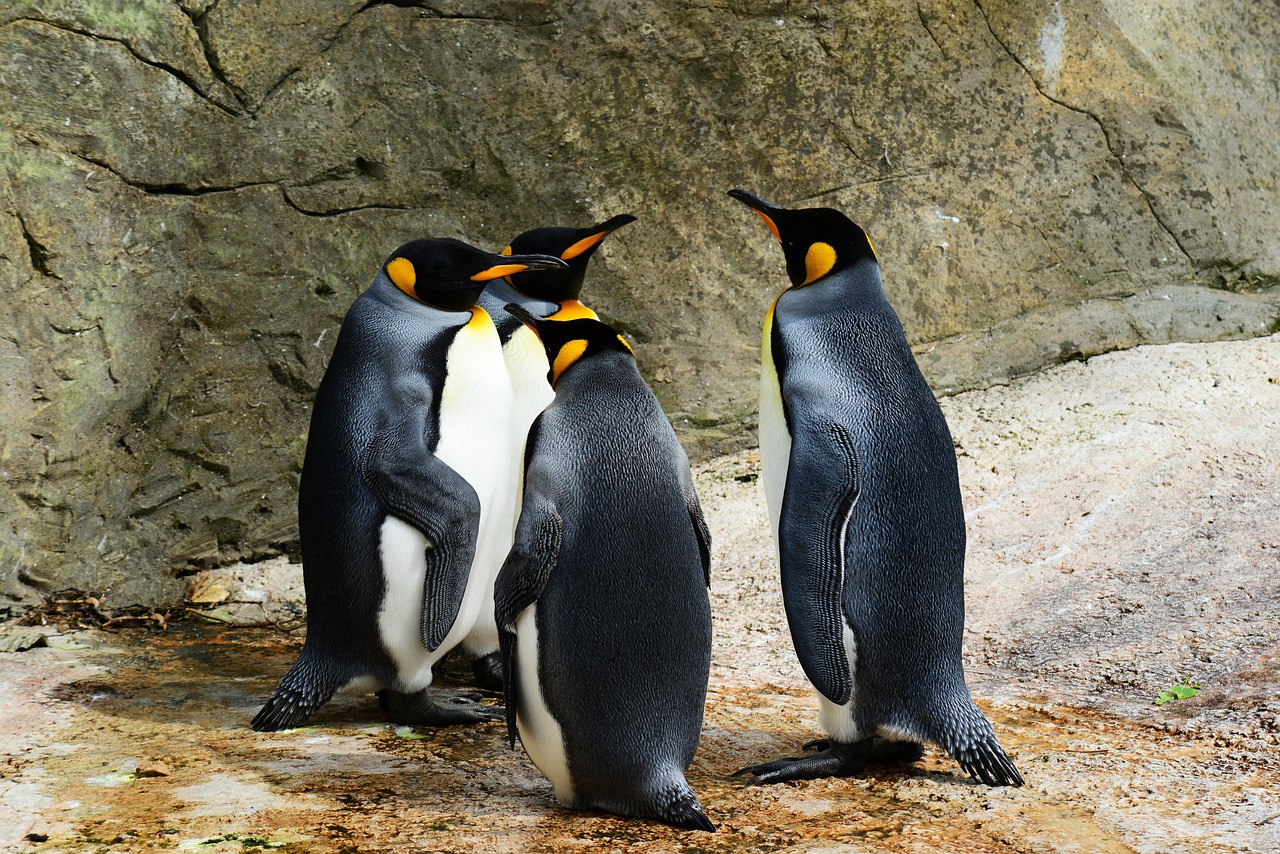Wildlife rehabilitation centers serve as sanctuaries not just for the animals who need care but also for the individuals dedicated to their recovery and the ecosystems they ultimately contribute to. The decision to launch your center isn’t one to take lightly, but with passion, hard work, and dedication, it’s a venture that can lead to a profound and lasting impact on the natural world. Robin Leigh Svec dives into the essential steps you need to consider before taking the plunge and establishing your own wildlife rehabilitation center.

The Importance of Wildlife Rehabilitation
Every year, countless wild animals are injured or orphaned due to a variety of reasons, from habitat destruction to human interference. The critical role rehabilitation centers play in their recovery — providing medical care, shelter, and the opportunity to return to the wild — can’t be overstated. By launching your center, you’ll be contributing to species preservation and environmental balance.
Research and Planning
Your first task is to research the legal side of wildlife rehabilitation. This involves understanding and complying with local, regional, and national regulations regarding animal care, protected species, and environmental standards. You may need to obtain permits and licenses for specific activities and start this process as early as possible.
Next, identify the species you aim to rehabilitate, taking into account their ecological role and conservation status. You’ll need to understand the unique needs of each species, including dietary requirements, handling protocols, enclosures, and release procedures. Beginning with a narrow focus allows you to design a precise and effective rehabilitation program.
Location and Facility Setup
The right location is vital. It should ideally be near areas where animals are most frequently found or act as a migration route. Consider accessibility for volunteers and the public, and ensure the site has the necessary water, electricity, and waste management infrastructure.
The layout of your facility should prioritize the animals’ needs, including isolation areas for new arrivals, medical treatment rooms, and various enclosures for different stages of rehabilitation. Your facility must adhere to welfare standards, so consult with experienced wildlife rehabilitators and invest in high-quality equipment and supplies.
Staffing and Training
Skilled and committed staff are the foundation of successful rehabilitation. Recruit individuals with backgrounds in veterinary medicine, biology, or related fields. Experience in wildlife care is a significant advantage, but a deep passion for animals and their welfare is non-negotiable.
For committed staff needing further training, offer educational programs tailored to wildlife rehabilitation. This can come from partnerships with other centers or universities and should be an ongoing component of center operations to stay aligned with best practices.
Fundraising and Sustainability
With the infrastructure and personnel in place, it’s time to build a sustainable financial model for your center. This may include a blend of traditional fundraising methods, such as events and sponsorships, and modern strategies, such as online campaigns and crowdfunding. Communicate your vision clearly and passionately to potential donors, emphasizing the direct impact their contributions will have on wildlife.
Research and pursue grant opportunities from wildlife and environmental organizations. Grants can provide significant support and legitimacy to your center. Additionally, cultivate relationships with donors and create a system that encourages regular, long-term giving.
Partnerships and Networking
Finding partnerships and forming relationships with other organizations can greatly benefit your center. Look for local conservation groups, universities, businesses, and government agencies with similar goals and values. Collaborate on projects, events, and funding opportunities to expand your reach and impact. Also, consider networking with other wildlife rehabilitation centers in the region. Sharing resources, knowledge, and expertise can be mutually beneficial and help create a stronger community supporting wildlife conservation efforts.
Final Thoughts
Creating a wildlife rehabilitation center is not just about caring for individual animals; it’s about fostering a community of conservationists and making a tangible difference in the world. By following these essential steps, you can lay the groundwork for a fulfilling and impactful initiative that will resonate with animal lovers and environmental activists around the globe. If launching a full rehabilitation center is more than you can take on now, consider starting smaller.
